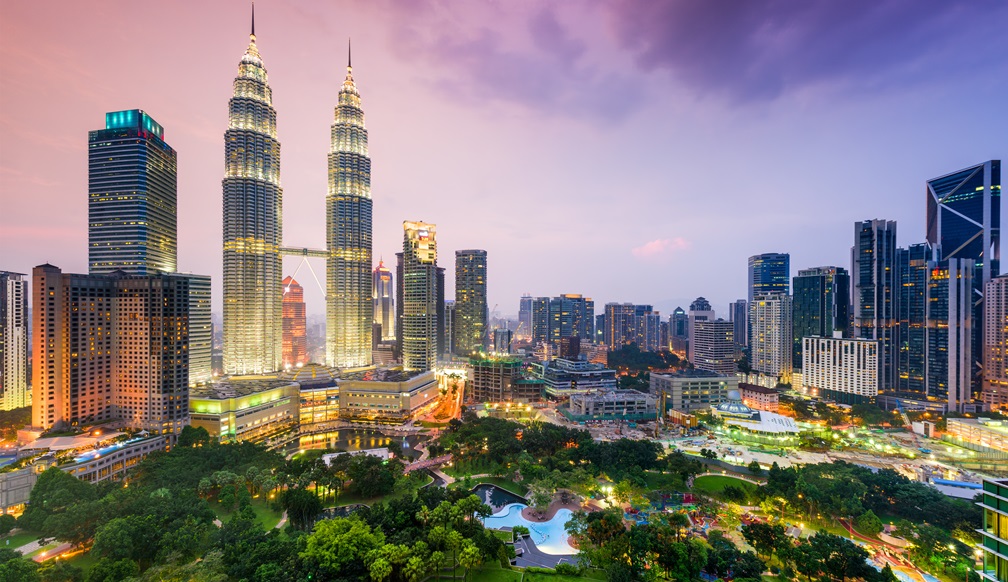World leaders will assemble in Kuala Lumpur, Malyasia on February 7-13, 2018 for the ninth series of the World Urban Forum and exchange ideas while predicting our urban future.
he Ninth Session of the World Urban Forum will be the first session to focus on the implementation of the New Urban Agenda adopted in Habitat III. WUF9 will be instrumental to substantively feed into the inputs for the first report of the implementation of the New Urban Agenda.
The New Urban Agenda was adopted in October 2016 at the United Nations Conference on Housing and Sustainable Urban Development – Habitat III in Quito, Ecuador. It is a result of a unique consensus among all participating states. The document sets out a common vision and global standards for urban development in the coming decades.
The New Urban Agenda comes in at a critical moment, when the first time in history over half of the world’s population is residing in cities. Cities, if planned and managed well, will become the main tool for sustainable development and has a potential to be a solution to many of the challenges our planet is facing today. The New Urban Agenda lays out the vision for future cities based on the science of urban development providing tools in crucial areas.
The Theme of the Ninth session of the World Urban Forum (WUF9) “Cities 2030, Cities for All: Implementing the New Urban Agenda” places the Forum’s focus on the New Urban Agenda as a tool and accelerator for achieving Agenda 2030 and the Sustainable Development Goals.
As cities have grown, however, there have been extreme cases of urban decay and degeneration. This is where urban regeneration can help.
According to authors Peter Roberts and Hugh Sykes, urban regeneration is a comprehensive and integrated vision and action to address urban problems through a lasting improvement in the economic, physical, social and environmental condition of an area.
It’s about jobs, investments and wealth creation; it’s a balance of people and power. Urban regeneration moves beyond the aims, aspirations and achievements of urban renewal, which is seen more as a physical improvement of cities.
Their 2000 book, Urban Regeneration, provided students and practitioners with a detailed overview of the key theoretical and applied issues. The book is a comprehensive and integrated primer on regeneration.
The book’s chapters include: review the history and context of urban regeneration; consider funding implications; look at environmental, social and community issues, as well as employment, education and training; focus on managing urban regeneration; consider land use issues; and discuss monitoring and evaluation. The book concludes with a comparative analysis, with examples from America and Europe, and a discussion of future trends.
Perhaps the most important planning lesson to be learned in most urban regeneration and urban revitalization efforts is that it is people—whether via public-private partnerships, public sector leadership, private sector involvement or engaged local citizens—who are the real key to change.
Successful regeneration projects need to facilitate engagement of all stakeholders, including residents, ensure affordability and access of the intended actions and bring together the different stakeholders towards a jointly negotiated vision.
See website for the Ninth World Urban Forum.

